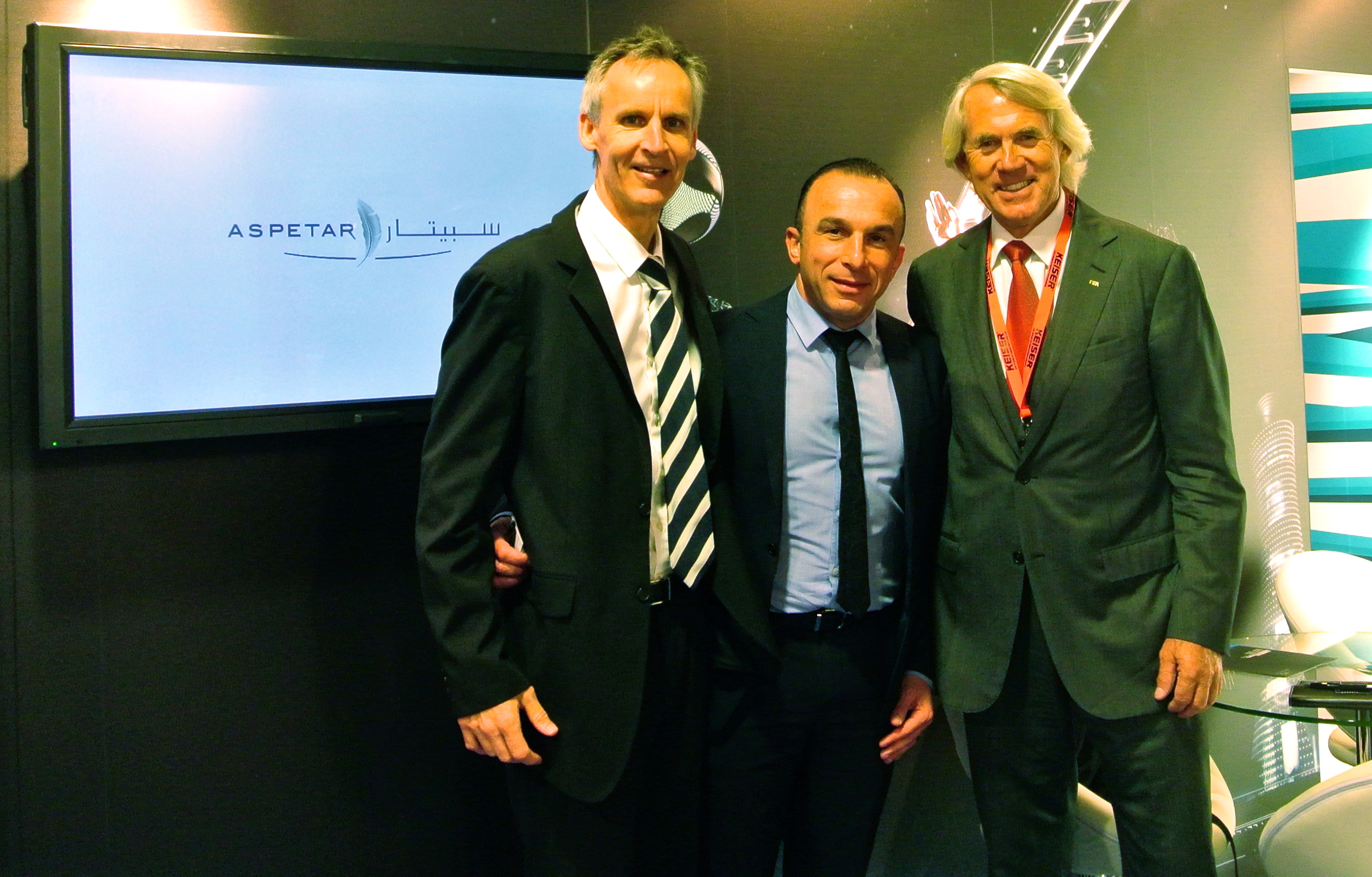
Leaders in Performance was held in London last week – the world’s largest summit of sport owners/managers, high performance teams, sports medicine and science leads. Aspetar – Qatar Orthopaedic and Sports Medicine Hospital sponsored two workshops there:
1. Concussion Management with Professors Paul McCrory, Jiri Dvorak, Michael Turner and Roald Bahr. The Consensus statement on concussion in sport (BJSM 2013) served as a key platform to further discussions. This pivotal roadmap for concussion management has had an estimated > 100,000 downloads worldwide and this diverse audience included management and sports medicine/sports science staff from all continents (with a major focus on Europe and North America). All football codes, ice hockey and basketball were well represented.For those addressing ‘implementation’ of sports medicine advances, this Leaders meeting provides a super example of how to reach influential novel audiences.
Two hot topics for the Concussion Workshop included (1) Is there a risk of long-term health problems including depression, suicide, dementia if players have repeated concussions, (2) Do ‘minor’ concussions accumulate – can there be the equivalent of an ‘overuse injury’ for concussion in sports like football, (3) Do children’s brains need different concussion management. Australia’s Assoc. Prof Paul McCrory directed the audience to his balanced review of the topic (open access). Because this review does not have the words ‘CTE’ in the title it may have been overlooked by many readers to date. McCrory’s most recent contribution is ‘OnlineFirst’ at BJSM; The first author is Dr Andrew Gardner and the paper is titled ‘Chronic Traumatic Encephalopathy in Sport: a Systematic Review’. This paper will be controversial and have its critics as it provides thoughtful, evidence-based neurology arguing that there remains no causal link between sports-related concussion and the severe cognitive impairment clearly evident in some former NFL players and other professional athletes. At the Leaders meeting, McCrory gave credence to the very rigorous US neuropathology studies (such as Professor Ann McKee in Brain) but pointed out that similar clinical findings have not been seen in sports were concussion rates are much higher than in NFL. Those sports include Australian Rules Football (AFL) and horse racing (which was represented by panellist and concussion expert Dr Michael Turner).
We welcome counterpoints and further discussion – concussion prevention and management is the critical issue of our time and BJSM will dedicate a themed issue to issues including CTE in February of 2014.
2. Performing in the Heat with Jessica Ennis’ coach Toni Miniciello (@Coach_Toni), Head of Science for British Athletics Barry Fudge (@BFudge), and Drs Juan Manuel Alonso (DrJuanMAlonso) and Paul Dijkstra (@DrPaulDijkstra). This session drew on real-life competition experiences and practical strategies to take back to the training complex. Achieving peak performance without compromising health or safety of the athlete was a central focus. The multidisciplinary panel highlighted the utility of training adaptation in both the short-term (weeks before the event) and the long-term (visting future venues a year or more ahead in the hot season). Practical tips like cooling jackets, ice baths, finding shade (which is not always easy at major competitions) and sleeping in cooled conditions sounded self-evident but many athletes do not execute on each element.
Readers interested in Australian Rules Football can find ‘The Age’ article on this conference by BJSM Senior Associate Editor Dr Peter Brukner (@PeterBrukner)
The American Medical Society for Sports Medicine (@TheAMSSM) has provided an expert-authored discussion paper which has had over 23,000 views just on the BJSM site.